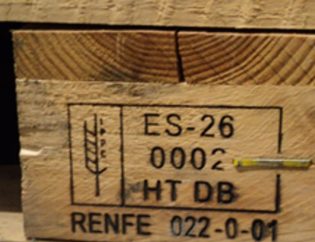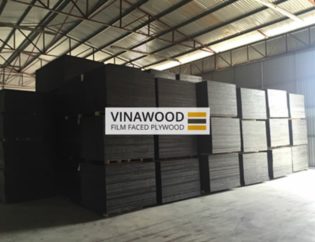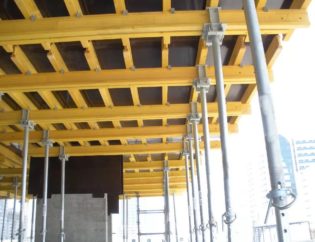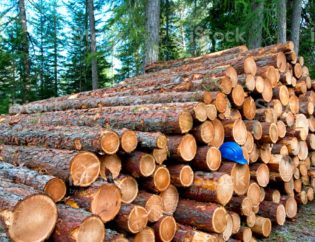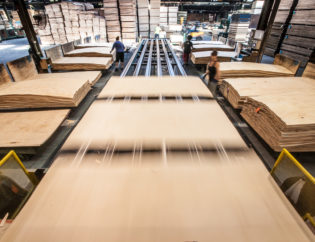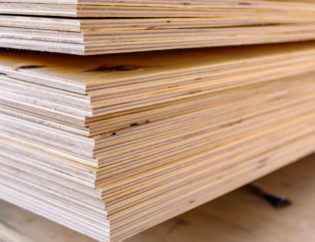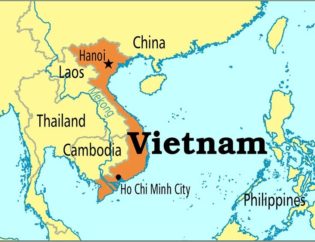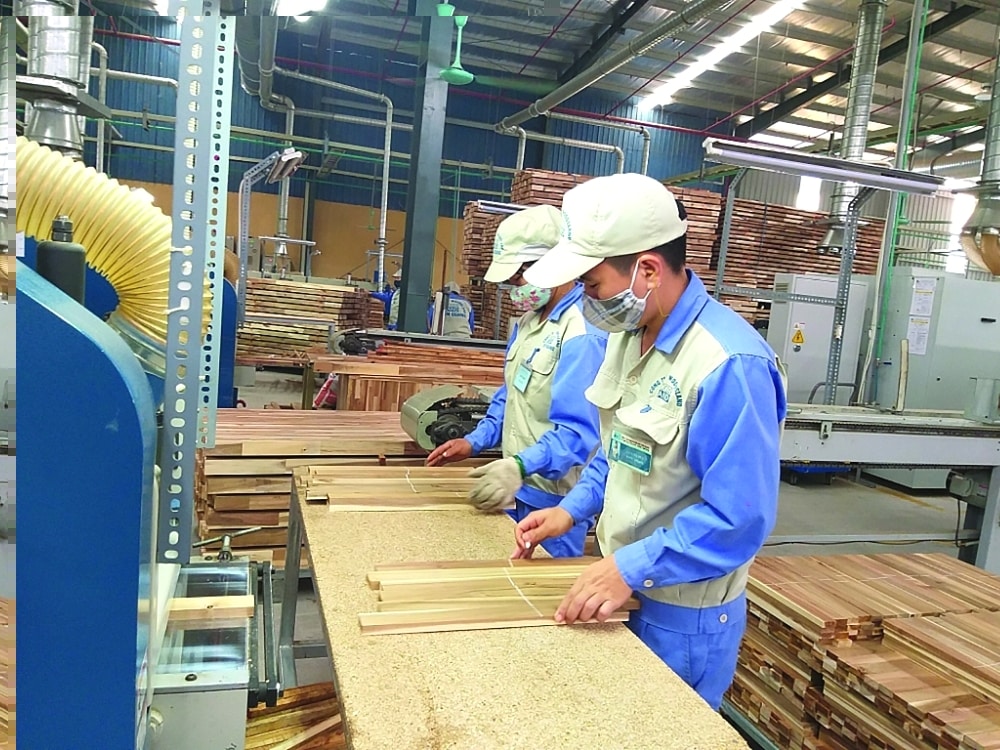
En.vcci.com.vn – After a successful year in 2020, the Vietnamese wood industry is getting momentum towards the target of exporting $14 billion by 2021. However, the whole industry needs to immediately remove some bottlenecks, typically the source of raw materials to be able to achieve the export target this year as well as develop sustainable exports in the long term.
FTAs provide export opportunities
In 2020, while a series of key export agricultural products are facing serious difficulties due to the impact of the Covid-19 pandemic, the export of wood and wood products has seen impressive results. The export value of the year 2020 reached $12.32 billion, an increase of 15.7% compared to 2019.
In 2021 and beyond, the Ministry of Agriculture and Rural Development assesses the opportunity to promote exports of the whole industry is not small.
The world furniture trade market is very large, about $450 billion in commercial value per year, of which about $150 billion is of commercial value of wooden furniture.
Currently, Vietnam’s wooden furniture export turnover accounts for over 6% of the global market share, so businesses have the opportunity to expand and develop market share.
In addition, Vietnam has many strong export products such as pellets, wood chips, plywood, laminated wood, construction carpentry, chairs, furniture and furniture parts. Especially, the furniture group with the largest export value among wood and forest products will continue to grow steadily in the near future.
Deputy Minister of Agriculture and Rural Development Ha Cong Tuan said: “Vietnam has ratified and implemented the roadmap of FTAs such as: Comprehensive and Progressive Partnership for Trans-Pacific Partnership, Vietnam-EU, Vietnam-ASEAN, Vietnam – Japan, Vietnam – Chile, Vietnam – Korea, Vietnam – China; Vietnam – Thailand, helps import taxes on many items of the participating countries to be reduced or eliminated, creating a competitive advantage for Vietnam’s exported goods. These are good opportunities for Vietnamese wood companies to reach the world market.”
Besides opportunities, challenges for Vietnamese wood industry are not small. They include the increasing risk of trade fraud, counterfeiting of origin of goods; while trade competition is complicated. The demand of wood products consumers in some European markets have changed from using wood and exterior furniture to alternative products such as plastics, steel and eco-friendly materials.
Leaders of the Ministry of Agriculture and Rural Development mentioned the issue in the context that the negative impact of the Covid-19 pandemic is prolonged, consumers are tightening their spending, so the impact is not small on the wood processing industry during the next period.
Ensuring legal raw materials
According to the Department of Agricultural Product Processing and Market Development (Ministry of Agriculture and Rural Development), it is forecasted that the global economy and Vietnam in 2021 will recover and achieve good growth, especially when the Covid-19 vaccines are put into use on a large scale, the wood industry is expected to achieve good growth if it continues to promote creativity and innovation, while strictly enforcing regulations on origin of wood materials, avoid fraud of the goods origin, reduce trade defense risks of importing countries.
Speaking to Customs News, Mr. Do Xuan Lap, Chairman of the Vietnam Timber and Forest Products Association, mentioned the weaknesses and solutions of the wood industry in the matter of raw materials.
Currently, the wood industry is facing an imbalance between plantation of raw materials and deep processing capacity. This is most evident in the Central and Northeast coasts. The area of planted forest in the Central region accounts for nearly 41% of the total planted forest area in the country, while the number of deep processing establishments is only about 23%.
As a result, the output of plantation timber is used only for wood chips, but not for higher value-added wood products. This wastes timber resources, limiting the income of millions of households participating in reforestation.
Since then, Mr. Lap proposed to restructure and redistribute the wood processing area in association with the raw material area, develop supporting industries, strategic markets and products based on Vietnam’s strengths. This can be done through mechanisms and policies to develop infrastructure for deep processing, building concentrated industrial zones, especially in the Central and Northeast regions where raw wood is available.
Expressing concerns about the risks in importing raw wood, Mr. Do Xuan Lap said: “For the flow of importing wood materials from Cambodia and Laos, the current import volume from each of these countries is very small, only over 100,000 m3 per year. However, the entire Vietnamese wood industry has a huge reputation. Therefore, we recommend the Prime Minister to temporarily stop the impor of logs and sawn timber from Cambodia and Laos. This is also consistent with the policy prohibiting the export of natural wood from these two countries. In the future, it is suggested that the Prime Minister assign the Ministry of Agriculture and Rural Development and the Ministry of Industry and Trade to establish a bilateral negotiation mechanism with Cambodia and Laos, to ensure that imported timber is transparent and legal from this source, then we will consider possible function for import back.”
For natural wood supply flows from Africa, especially from Cameroon, the amount of imports per year is still relatively high, mostly to serve the domestic market.
Therefore, many enterprises in the wood processing and exporting industry propose to the Prime Minister and ministries and agencies to strengthen strict control of this import flow; proposing the Prime Minister to assign the Ministry of Industry and Trade to coordinate with the Ministry of Agriculture and Rural Development to quickly work with African countries to supply timber to Vietnam to promote the establishment of a legal and sustainable timber trade program between Vietnam and these countries.
Vietnam Film Faced Plywood
Vietnam Plywood


